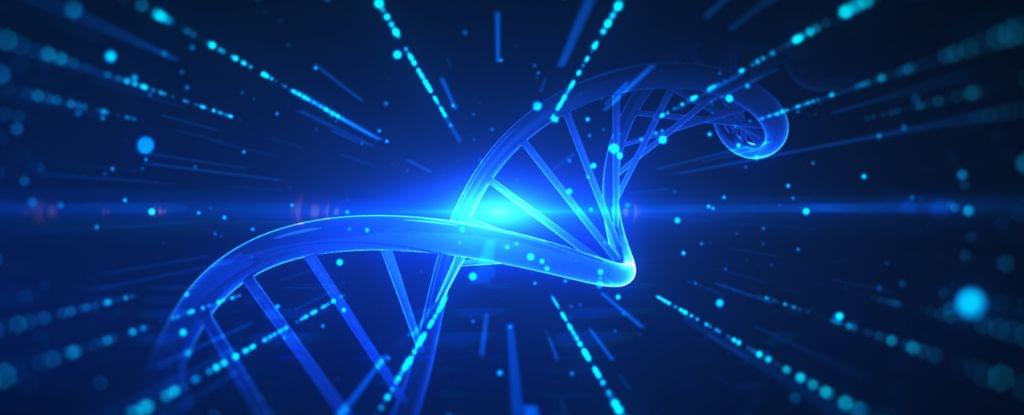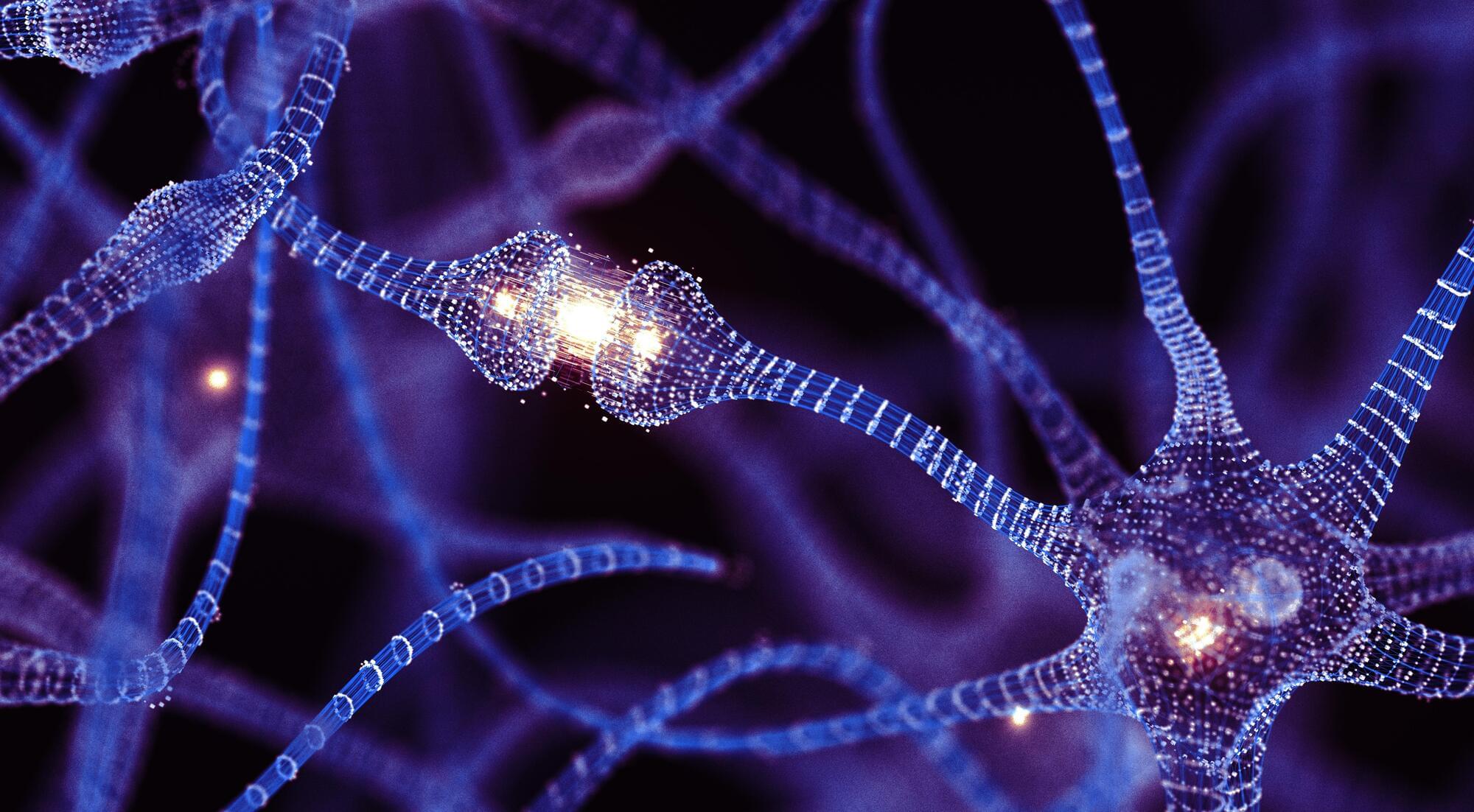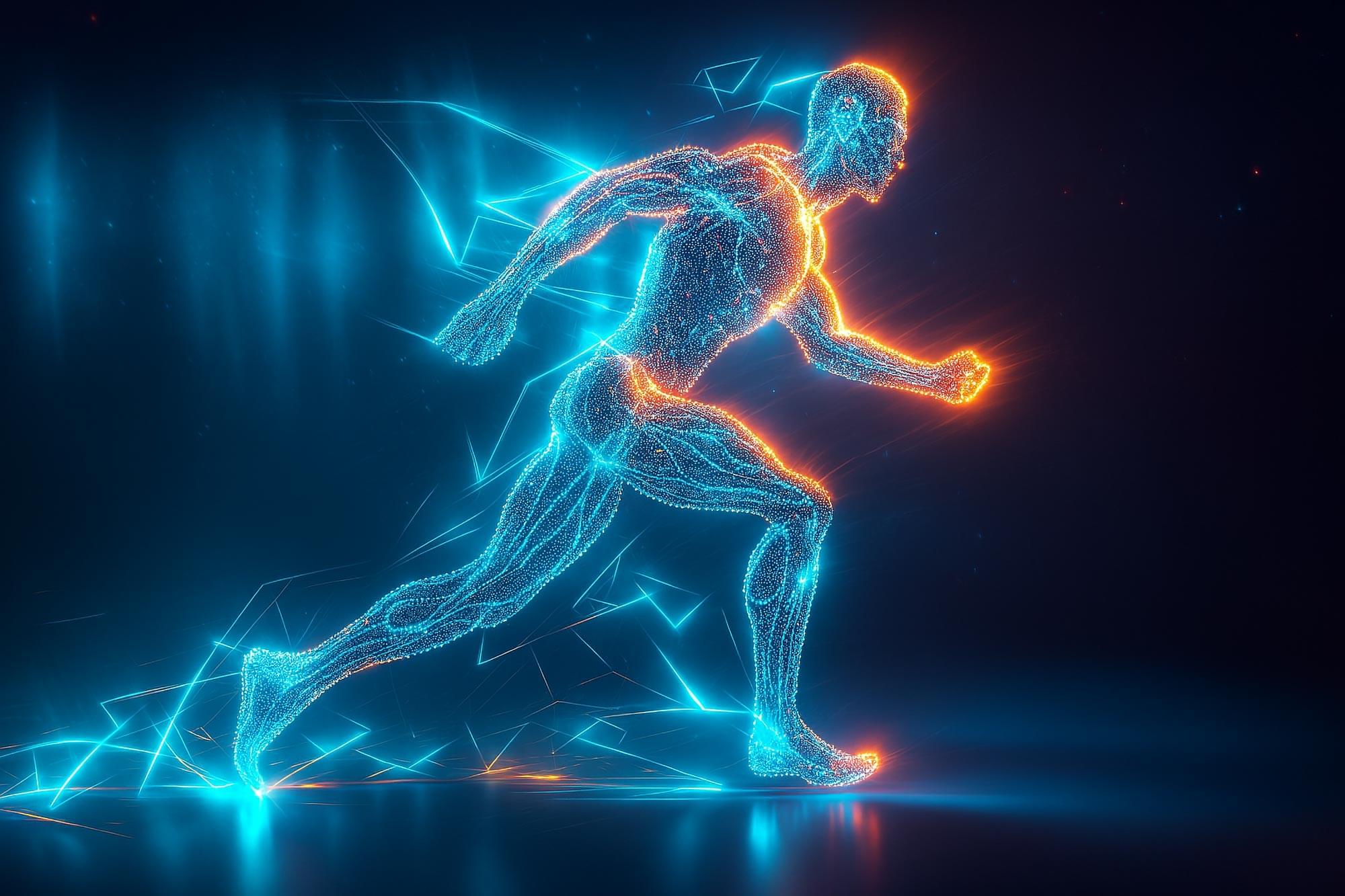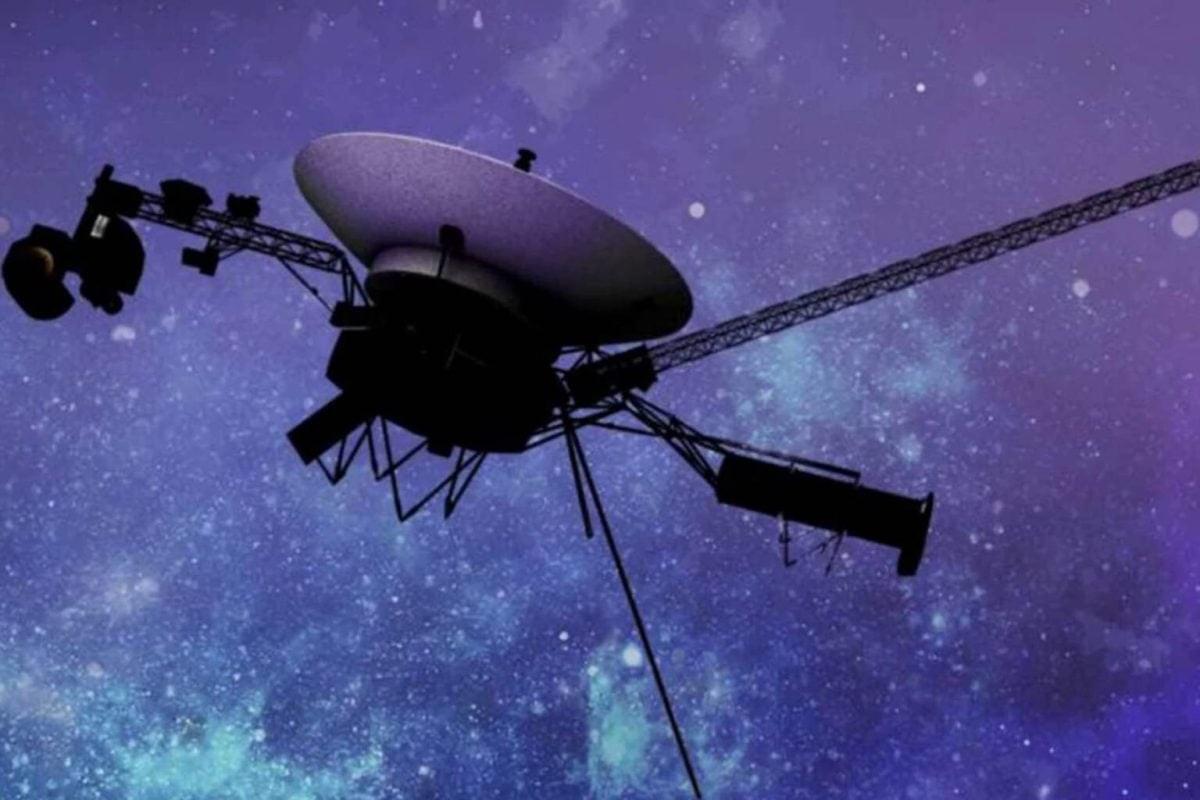As if sequencing a full human genome wasn’t tricky enough, scientists are now attempting to reconstruct our species’ genetic material from the ground up.
It’s an ambitious and controversial project called the Synthetic Human Genome (SynHG) project, and work has already begun on a proof-of-concept.
The goal of this crucial first step is to use the human genome blueprint to write the genetic code for a single, enormously long strand of DNA in just one of our chromosomes – making up approximately 2 percent of our total genome.







